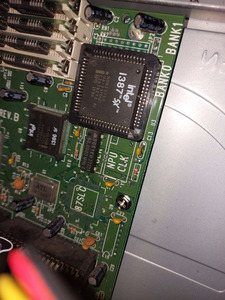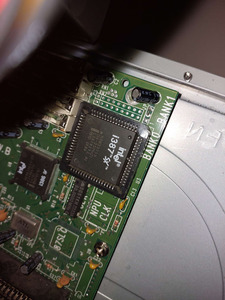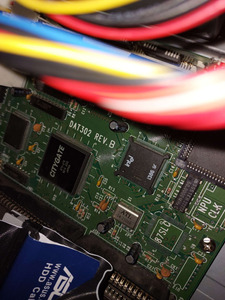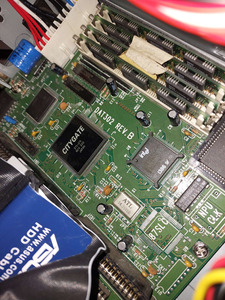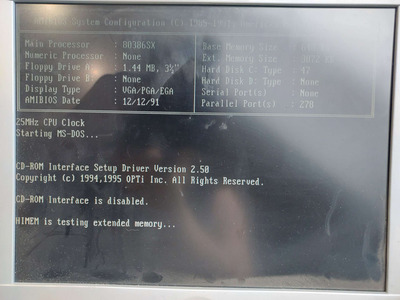First post, by flynth
Hi, this is my first post so let it be my introduction. If this is a wrong place for this post, please let me know.
I've recently been trying to build a 386sx retro pc (the last of 16-bit machines). However, I'm having issues getting the coprocessor working. Of course I realise I don't really need the npu, but I would like to have it if I can.
The motherboard is Kalex dat302 rev b. There is very little info about it online, but most jumpers are described on the pcb. It has a built in Intel 386sx-25 and a coprocessor socket. Unfortunately I can't locate any jumpers to enable the npu(but there is one permanent jumper nearby with no description).
I've inserted the npu, but it is not showing up in bios, and not seen by any software. It runs ami bios. The only options about the npu are to enable npu test on boot and to reset it. They make no difference.
I have to admit I've inserted the npu the wrong way around the first time (I stupidly assumed all chips should face the same way). The moment pc didn't boot I powered it down. The npu did get warm to the touch during this unfortunate power up.
Then I downloaded and read the manual which showed how to insert it properly which I did. I also checked out the pi out to see if by insertion wrong way round I've done something that is very likely to break it instantly (like revert power etc), but it seems most power pins have their equivalent on the other side, or they end up nc if plugged the way I did. One thing that concerns me is that one of data pins ended up going to vss(GND). If the chip try to drive it up this would surely blow it up... So I don't know if the chip is still good.
Still I'm hoping someone will maybe recognise the jumper layout, and tell me what that permanent jumper next to npu is for. I find it strange one woukd have to cut a jumper on a MB that contains a user accessible socket. Was cutting jumpers quite common back then?
Here are few pictures around the npu.
I hope I haven't broke the npu. If I don't figure anything else out I might attempt to get another one.
